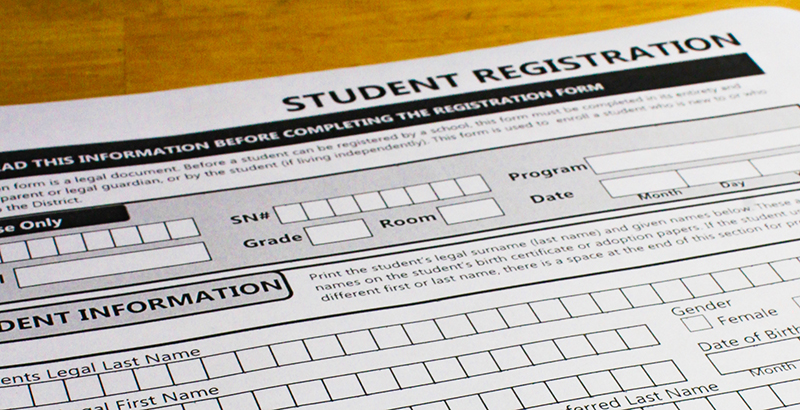Adams: A Revolutionary School Zoning Plan That Can Increase Diversity, Boost Funding and Make Parents’ Lives Easier

A version of this essay originally appeared on the New York School Talk blog.
New York City general education public school kindergarten applications for 2020 were due Jan. 21. At the last minute, the Department of Education extended the deadline to Jan. 26. In the weeks leading up to the ultimately missed deadline, I received dozens of emails from parents asking if they could opt for the school closer to their work, rather than the one closer to their home, because it would make drop-off and pickup more convenient.
I explained that while families could rank any 12 schools in New York City on their application, priority went to children who lived in the zone, then to those who lived in the district, then borough, then citywide.
Their queries did give me an idea, though.
What if:
Rather than prioritizing public school admissions by residential address (or going to a whole-city choice model like San Francisco, former stomping grounds of NYC Schools Chancellor Richard Carranza, where the results were … less than optimal), parents’ work addresses were used instead?
Benefit No. 1
New York has the most segregated schools in the country — we’re home to nine of the country’s 50 most economically segregating school district borders.
Moving from a residential to a work address model would aid desegregation.
“But, how?” you might ask. “Won’t that mean all those investment bankers’ kids would be going to the same school?” (Spoiler: They already do. Check out the demographics at NYC’s “good” non-charter public schools.)
Why, yes, they would. But you know who else would then be zoned for their schools? The investment banker’s secretaries’ kids. And the kids of the janitorial staff. And the children of the folks next door who sell them overly expensive coffee and artisanal sandwiches. And the cops from the local precinct. And the CVS/Duane Reade/bank teller/cell phone store employees, from management to shelf stockers.
Tell me that a similar diversity of kids would all be living in the same residential school zone.
Benefit No. 2
Businesses would have self-serving motivation (the best kind) to take an interest in education. If they knew that the quality of the local school was an incentive to attract and retain the most productive employees, they’d be more likely to donate money and make sure “their” school was the best it could be.
Meanwhile, to ensure that no one is “trapped” in a job any more than they’re “trapped” in their apartment, switching jobs would be like switching addresses now. You’d have the option of staying where you were or transferring to your new zoned school.
Objection No. 1
“But what about the unemployed?” I can also hear you asking (I hear a lot of voices in my head). “Not everyone has a job, you know!”
That is true. But, to be fair, not everyone has a home, either. One out of every 10 NYC public school students is considered homeless. (The NYC unemployment rate for November 2019 was 3.7 percent.)
Those who are unemployed could still rank up to 12 schools on their application; work address priorities are just that: priorities, not absolutes. You wouldn’t have to send your kids to school in your work zone, in the same way you currently don’t have to send your kids to school in your residential zone, if you get in somewhere else. And there could still be unzoned school options.
Conversely, in the case of two working parents, you could designate one primary work address, as for a child with parents living in separate zones.
And, yes, stay-at-home moms and dads could claim home as their place of business, while nannies and other domestic workers could use their employer’s addresses.
Objection No. 2
But … what about my property values? Which was totally not the reason parents objected to the Upper West Side rezoning of a few years ago, or any subsequent unzoning plans.
Yeah, well, about that … you can’t win ’em all.
Bonus Benefit:
When the school calls in the middle of the day to tell you your child is sick, you wouldn’t have to schlep halfway across town and maybe even into another borough to pick her up. You’d be much closer by and could get there faster.
So, to reiterate: The all-important diversity, more money for schools via business investment, a shorter commute to pick up your feverish, cranky kid.
Would you support such an admissions change?
Alina Adams is a New York Times best-selling romance and mystery writer, the author of Getting Into NYC Kindergarten and Getting Into NYC High School, a blogger at New York School Talk and mother of three. She believes you can’t have true school choice until all parents know all their school choices — and how to get them. Visit her website, www.NYCSchoolSecrets.com.
Get stories like these delivered straight to your inbox. Sign up for The 74 Newsletter

;)
